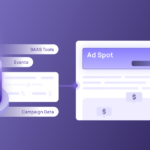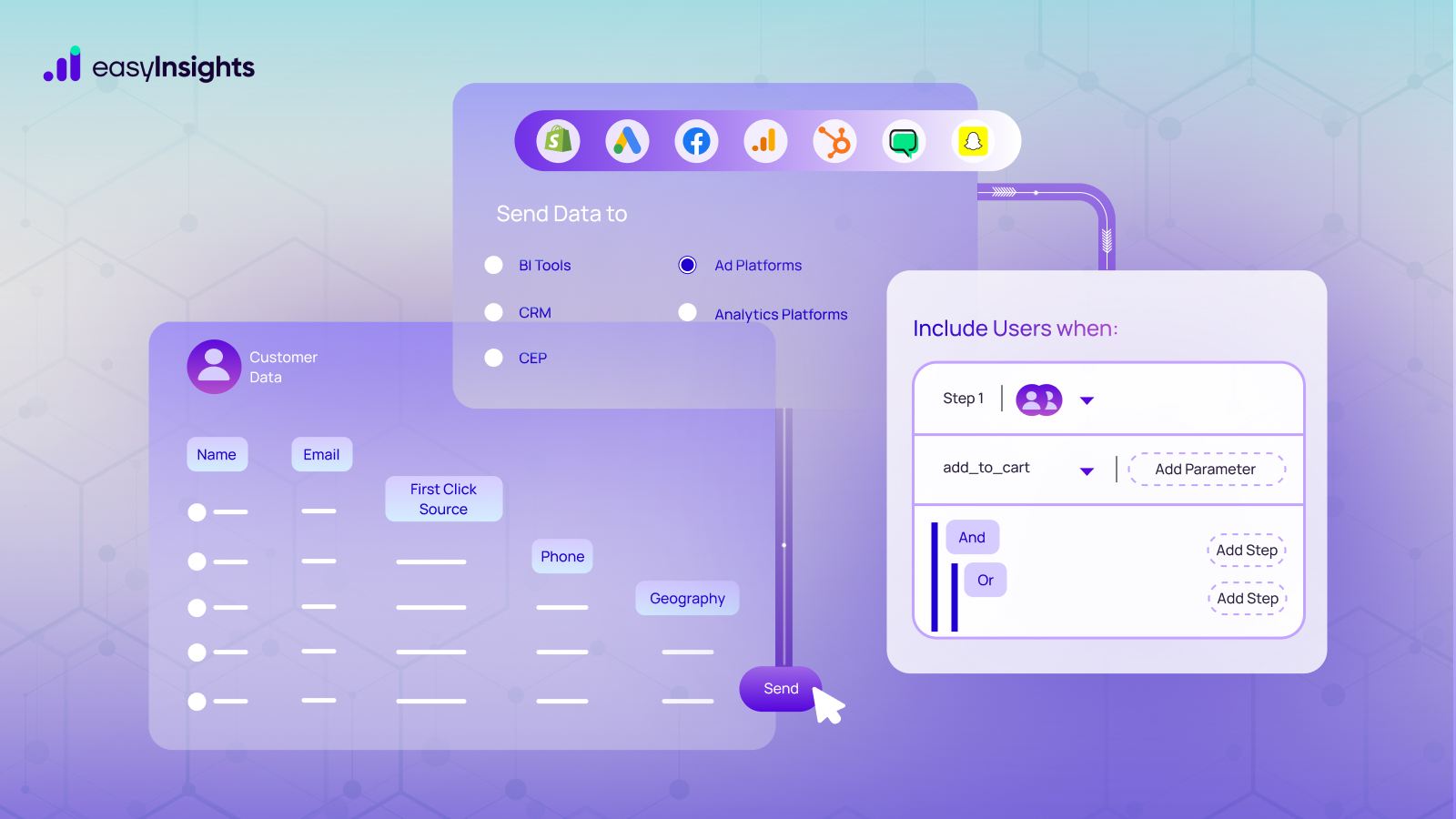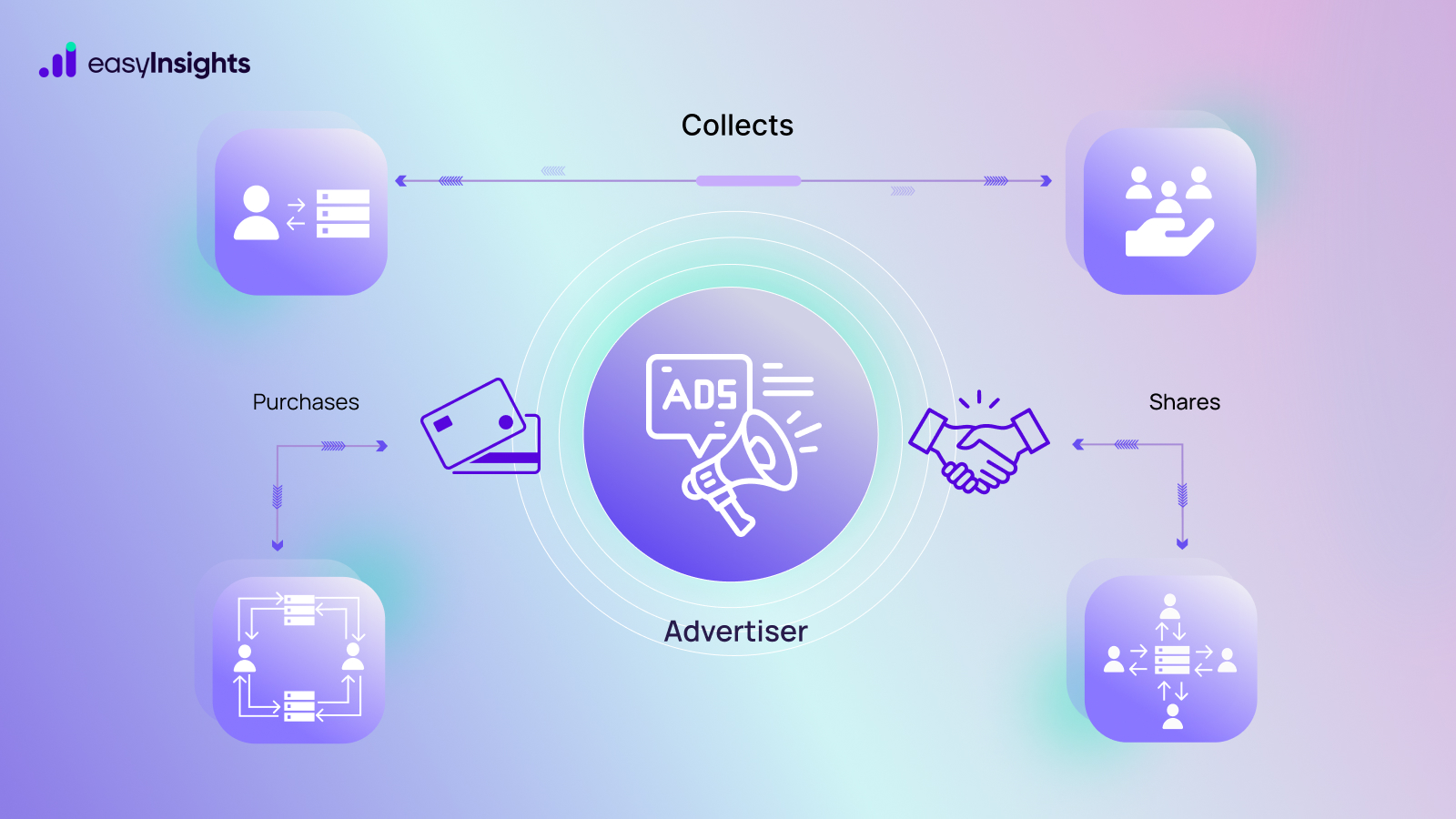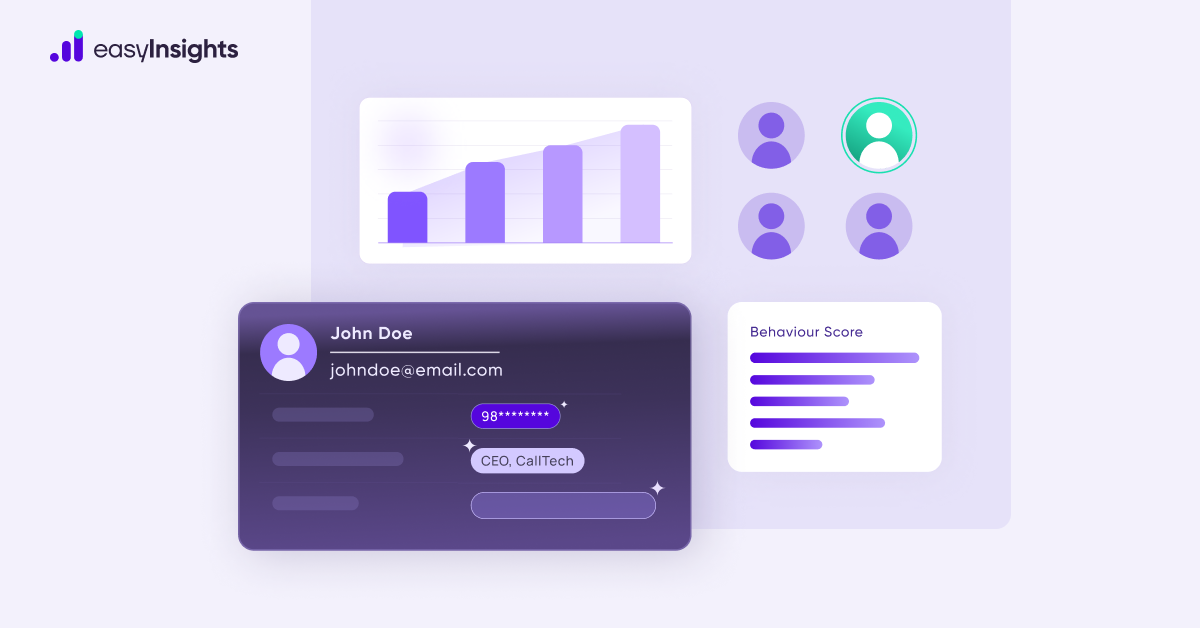
One of the core skills that marketers and advertisers can hone to enhance their effectiveness is the ability to exclude specific audiences from their campaigns. In this blog post, we’ll delve into the significance of audience suppression, the common challenges companies face in fully embracing this essential strategy, and most importantly – how you can start implementing audience suppression today to optimize growth efficiently.
Jump ahead to:
Why Use Audience Suppression?
Audience suppression entails excluding specific contacts whom you don’t want to target with your marketing campaigns. Let’s take a classic example: you prefer not to target customers who have already purchased your product with top-of-funnel outreach. This leads to cost reduction since you avoid spending money on reaching contacts that aren’t your intended audience.
In marketing programs, while there might not be a direct monetary saving (i.e., you’re not saving money by sending an email to a more targeted list), you’re still safeguarding your brand, preventing unsubscribes, and sidestepping irrelevance by suppressing the wrong customers from receiving targeted messages.

The impact of efficient audience suppression extends well beyond cost savings. In fact, it can significantly enhance future revenue streams. In advertising, within walled ecosystems like Facebook, you can utilize your audience suppression lists to generate lookalike audiences, comprising users more likely to buy from you. In marketing, you’ll –
- amplify the efficacy of every campaign,
- enhancing visibility on social platforms, and
- increasing the probability of landing in primary email inboxes.
Consequently, you can engage your suppressed audience/customers with more tailored, pertinent communications that address their specific needs.
Audience suppression epitomizes the Pareto Principle – where 80% of outcomes stem from a mere 20% of inputs. It’s a relatively straightforward tactic that can yield disproportionate impacts on your overall return on ad spend (ROAS) and the effectiveness of marketing campaigns.
Additional Reading: Facebook Ads: Increasing ROAS by 20%
Moreover, audience suppression tackles the limitations posed by many walled garden conversion upload processes. Platforms like Google can track conversions they facilitate, thus, enabling campaign optimization and reducing the necessity for suppressing those particular customers. But they only have visibility into conversions directly attributed to their platform. If a customer makes a purchase after interacting with your site via Facebook, Facebook may be aware of it, but Google might not.
If your goal is to ensure all ad platforms avoid customers who’ve already made a purchase or suppress users based on other attributes, such as actions taken in-person at your company’s physical store, synchronizing suppression lists becomes invaluable.
Despite these evident advantages, in practice, only a fraction of companies are implementing audience suppression on a substantial scale.
Why is Audience Suppression Underutilized?
There’s a big gap between a company’s awareness of a customer’s activities and its ability to promptly and consistently act upon that data. Customer actions on websites, emails, and actual purchases often end up stored in different places, not easy for marketers, advertisers, and the platforms they routinely access. While data-savvy companies may have implemented a centralized data warehouse or lakehouse to consolidate customer data, this repo often remains disconnected from Martech and Adtech platforms.
Typically, audience suppression is done on-the-fly. Business folks ask the data team for lists of buyers, get spreadsheets, and then manually put these lists into different platforms to avoid showing ads to those people. This process is slow, manual, and, most importantly, not done often enough to really work well. As a result, audience lists quickly become outdated, failing to capture more recent customer interactions. If you’re uploading a suppression list once a week to fine-tune your advertising campaigns, you’re spending extra money for seven days by targeting customers who should be excluded.

Moreover, a proficient marketer or advertiser ought to develop numerous suppression lists tailored to various criteria, with the goal of excluding particular customers from each campaign type. These customized lists may also rely on user actions that your company tracks and stores in diverse locations, including combinations of offline and online interactions. However, the manual procedures currently associated with audience suppression lists result in their underutilization across most campaigns where they should be applied, rendering them obsolete in the few instances where they are implemented.
Addressing the Challenge of Audience Suppression
To fully leverage data’s potential within a company, it must be efficiently integrated into all the downstream platforms that marketers and advertisers use. Business users should have the ability to quickly create and assess new suppression audiences without the need for coding or SQL expertise. These audiences should then be sent directly into the platforms where their campaigns are executed.
To meet these needs, companies are turning to EasyInsights, a Data Activation and Enrichment platform engineered to empower marketers to curate and evaluate audiences directly from their data warehouse, or any other internal data storage system, and then send them to the right tools.
With EasyInsights, business and marketing teams can promptly define and construct as many audience suppression lists as necessary. They can make these audiences directly from their data warehouse or CRM or any source, using data about people’s online and offline actions. Once set up, these groups don’t need any more manual work – EasyInsights makes sure they’re always up-to-date and accurate in all the marketing and advertising tools used.

Now, advertisers have the opportunity to enhance the efficiency of their audience synchronization on platforms such as Google Ad Manager through the utilization of EasyInsights’ Data Enrichment. EasyInsight enriches your customer data as it syncs with these platforms by integrating it with your own exclusive database. This process fills in any missing customer identifiers, enhances match rates, and guarantees that your audience is maximally extensive and precise.

EasyInsights – Reliable and Accurate Audience Suppression in Minutes!
EasyInsights streamlines audience targeting and minimizes ad wastage by providing comprehensive solutions for data enrichment and activation.
EasyInsights allows you to :
- EasyInsights allows users to define specific criteria for audience suppression, such as excluding recent buyers or churned customers. By utilizing EasyInsights’ data enrichment capabilities, marketers can refine their target audience and improve campaign efficiency.
- EasyInsights simplifies the process of syncing suppression audiences with ad platforms. With just a few simple steps, users can automate the syncing process and ensure that their campaigns reach the desired audience without unnecessary delays.
- Through EasyInsights, marketers can harness the power of custom audiences to create highly tailored campaigns. By leveraging these custom audiences and refining ad signals, users can achieve unparalleled campaign customization and target their audience with precision.
For marketers seeking first-party data activation, EasyInsights provides a seamless solution. By utilizing EasyInsights’ data enrichment and activation features, marketers can unlock audience suppression, reduce ad wastages, and amplify their reach with audience segments specifically designed for their brand. With EasyInsights, marketers can streamline their targeting efforts and maximize the effectiveness of their campaigns.
Book A Demo with us today and activate your first party data to reduce ad wastages!








